ALFRED SISLEY (1839-1899)
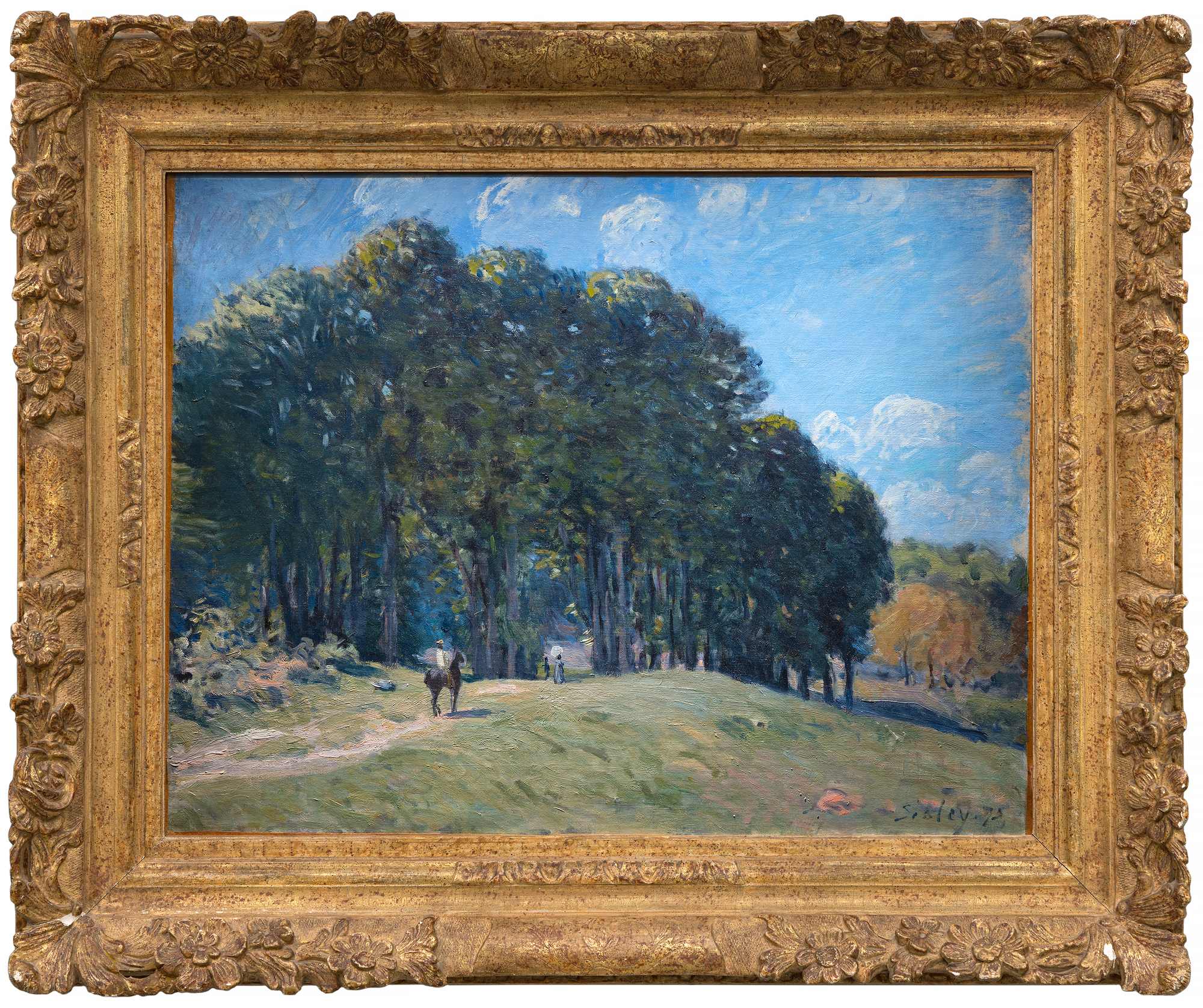
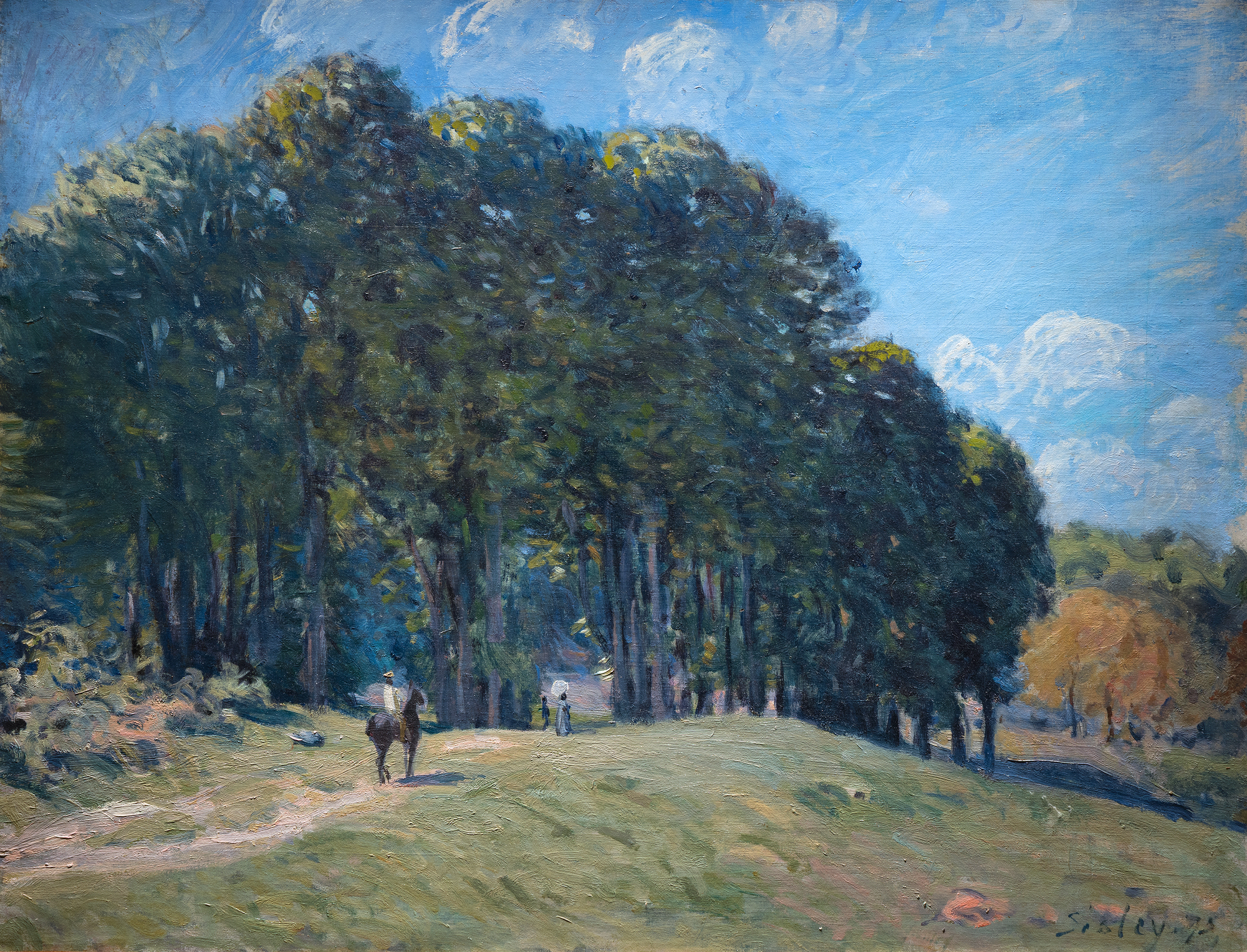
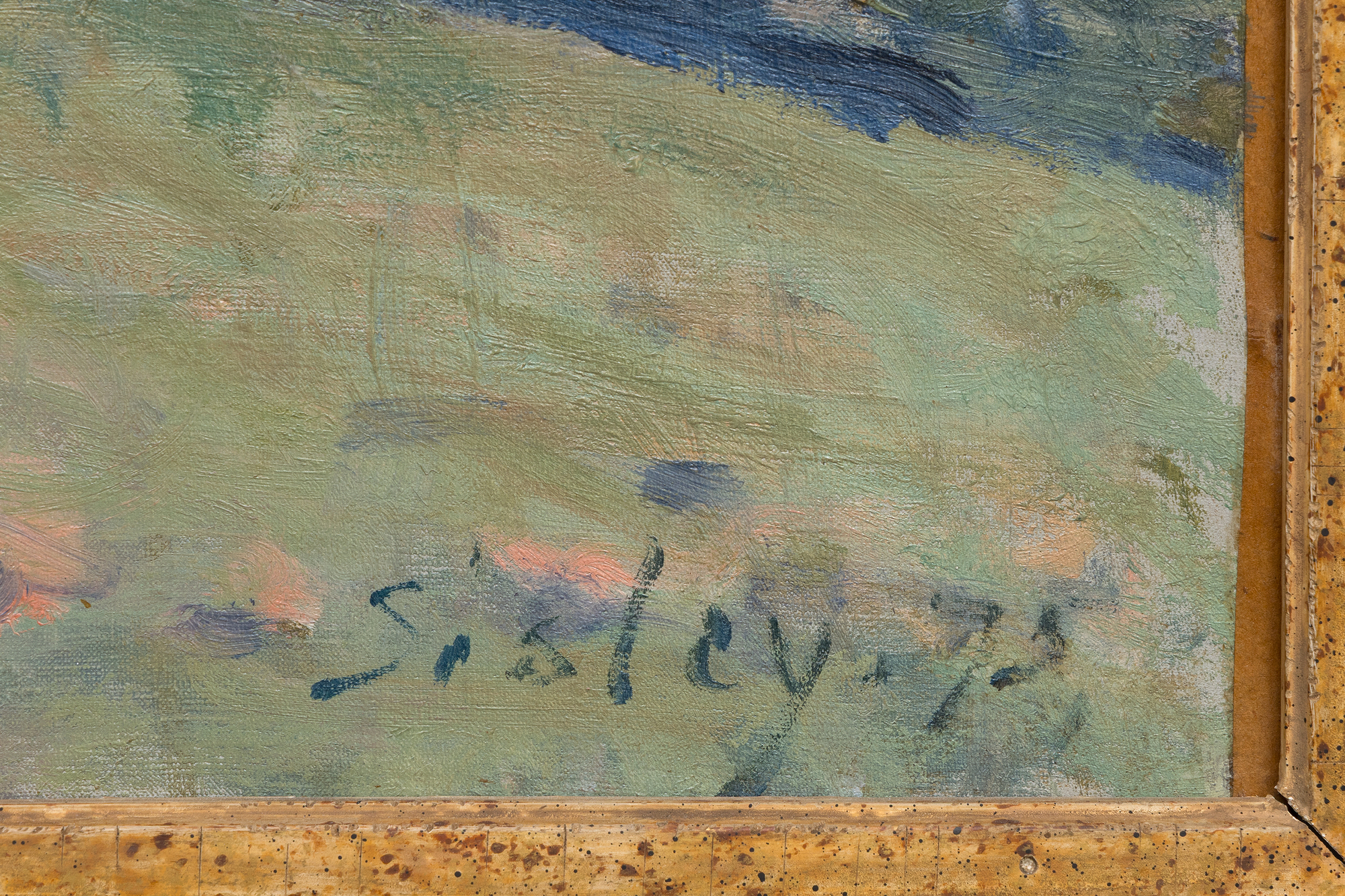

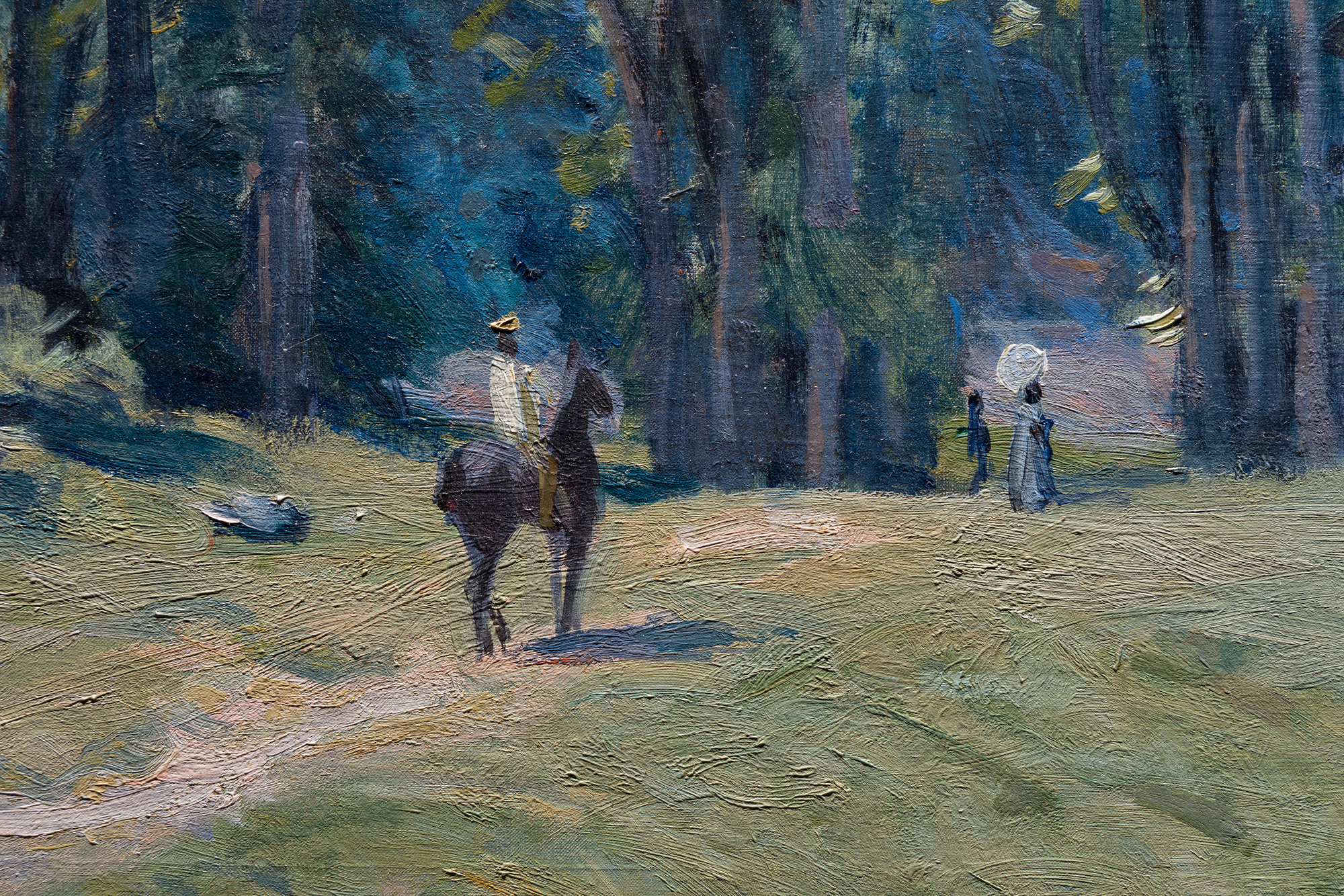
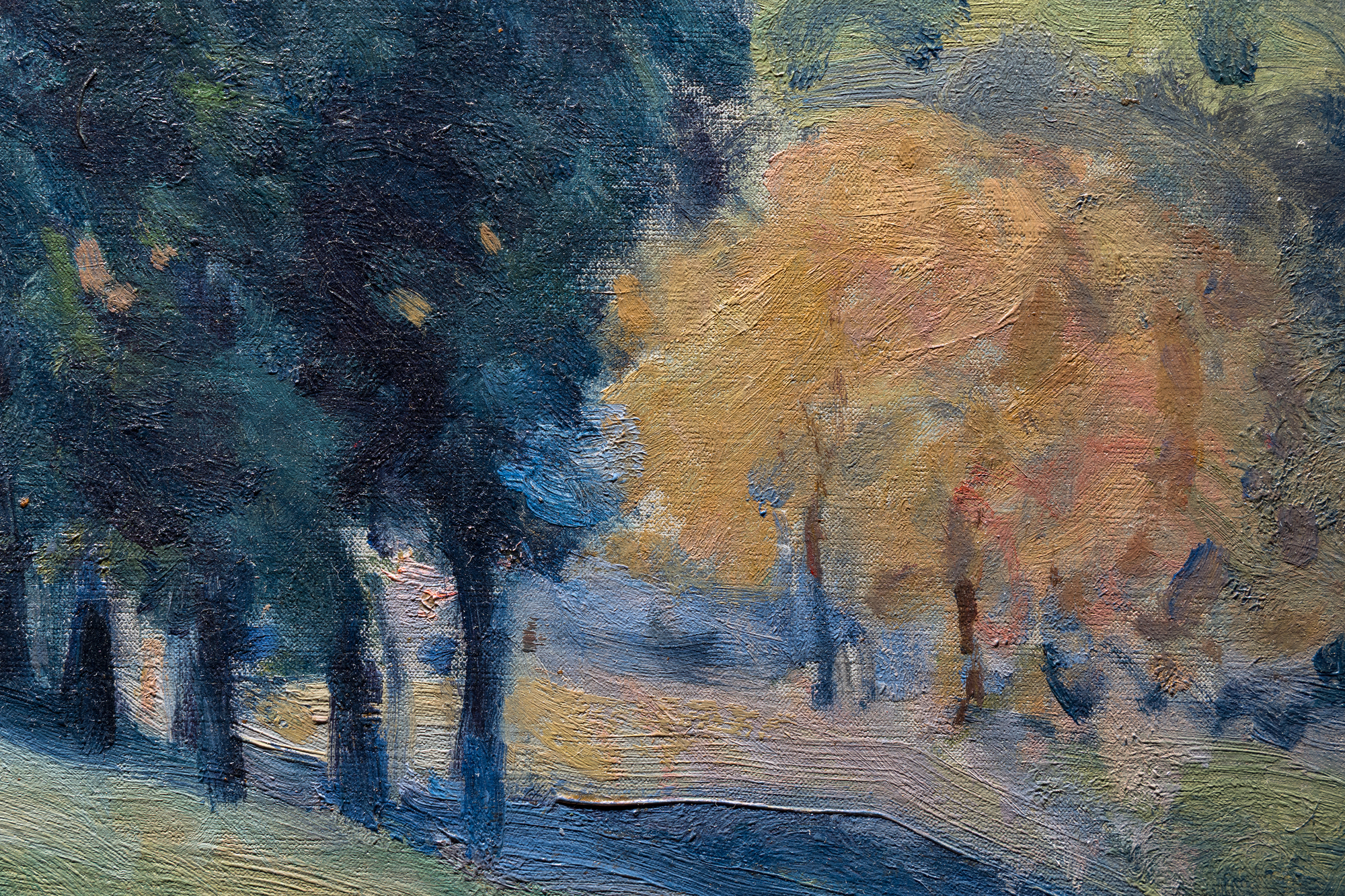
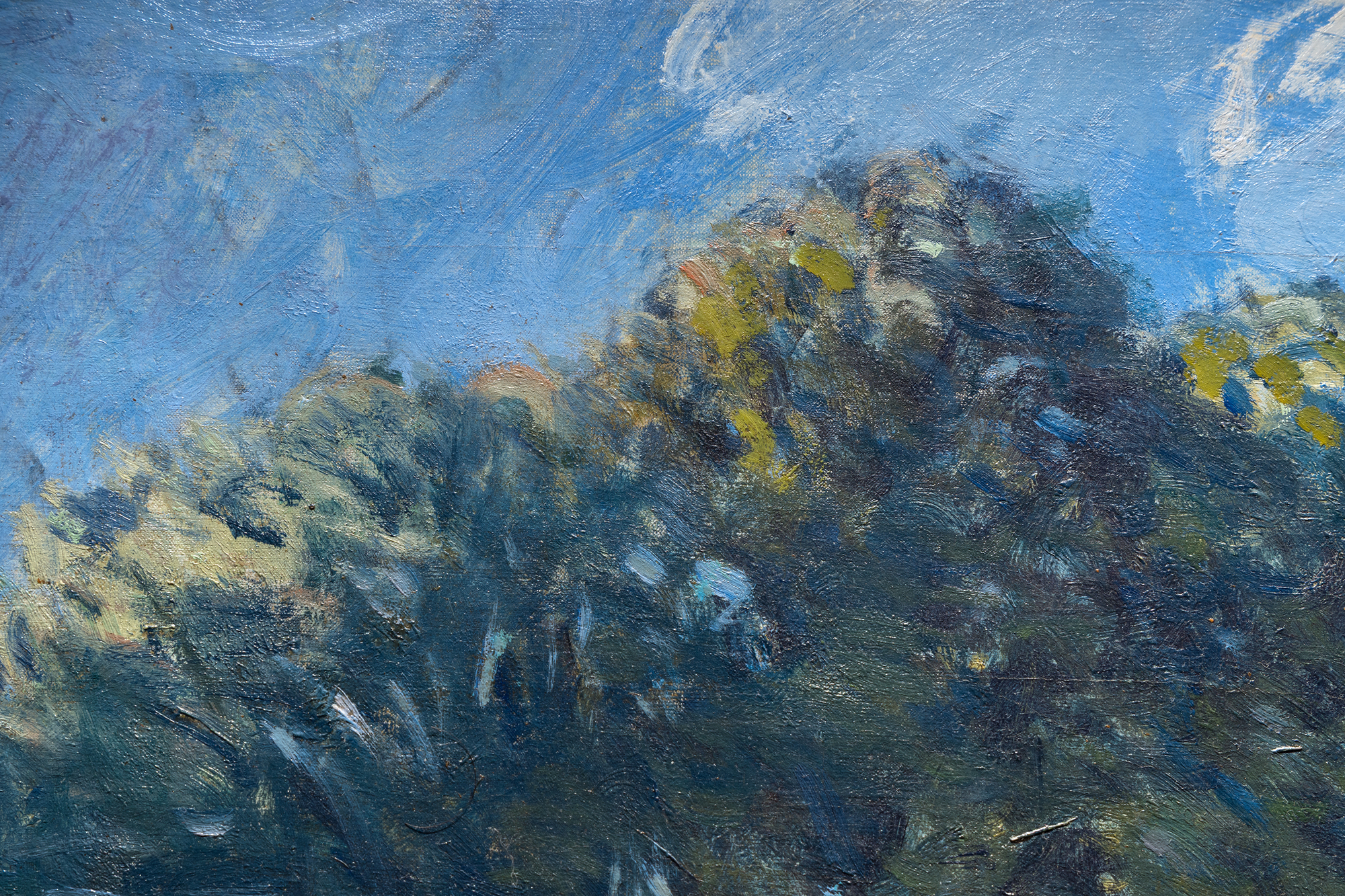
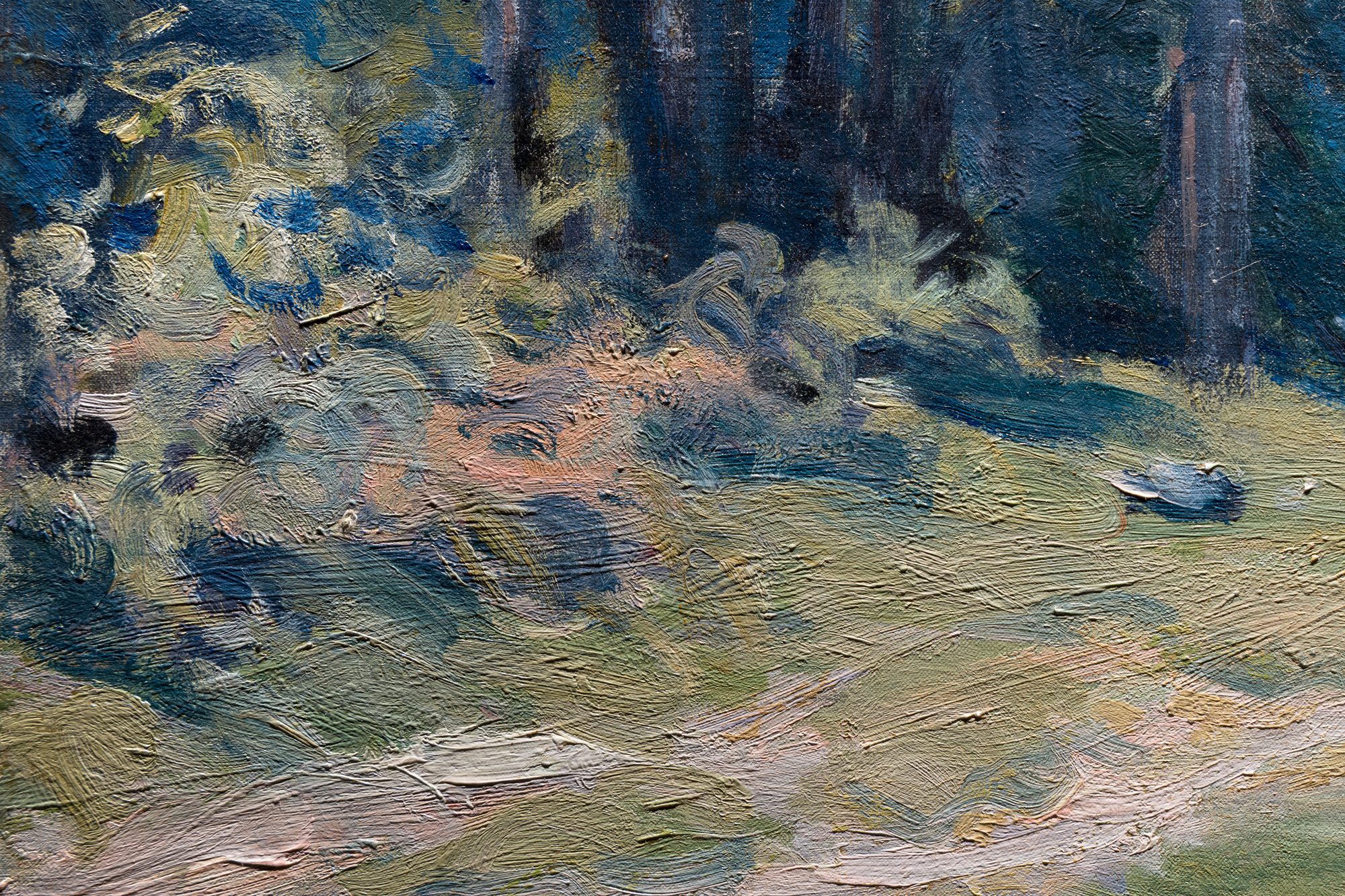
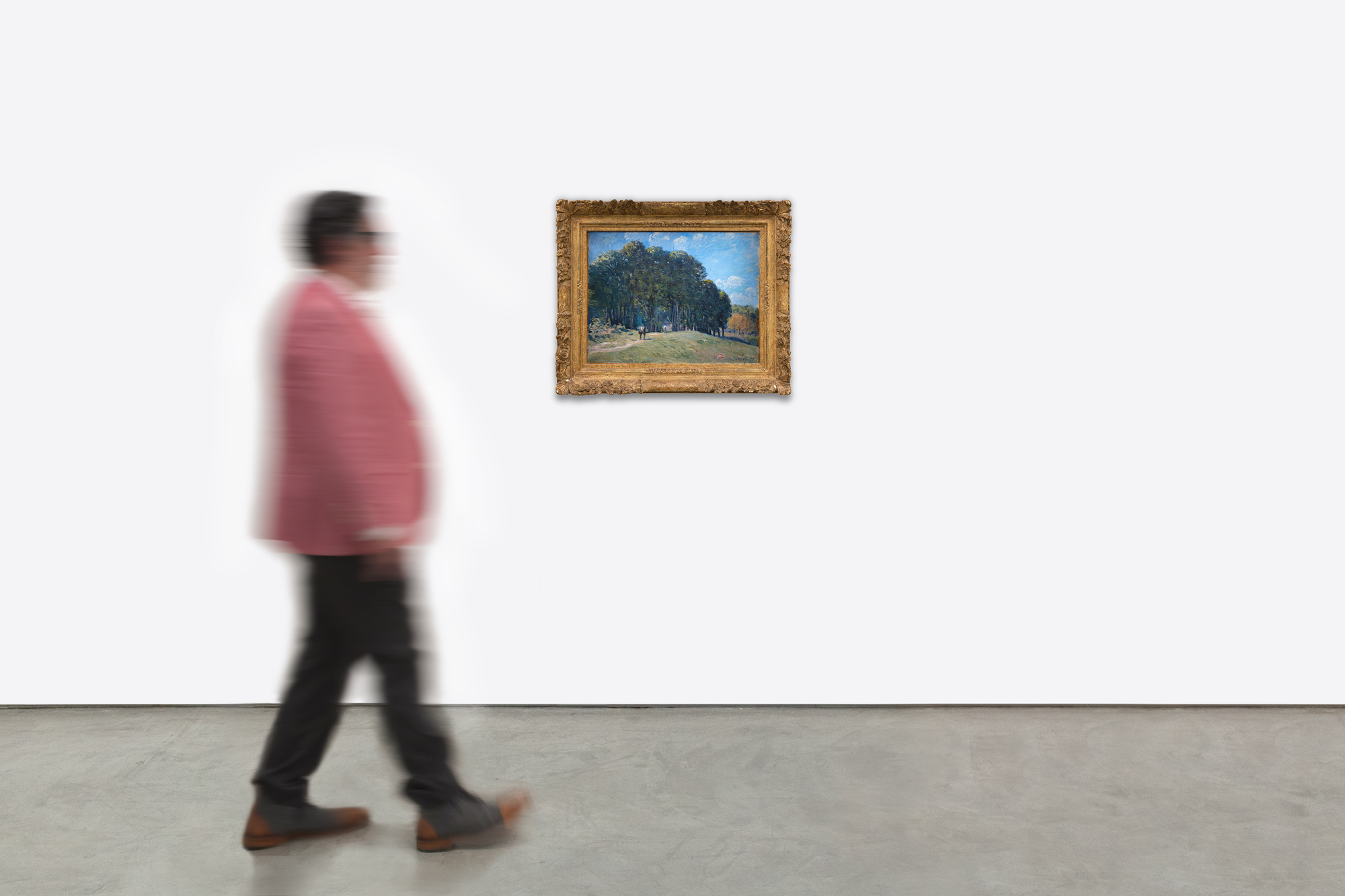
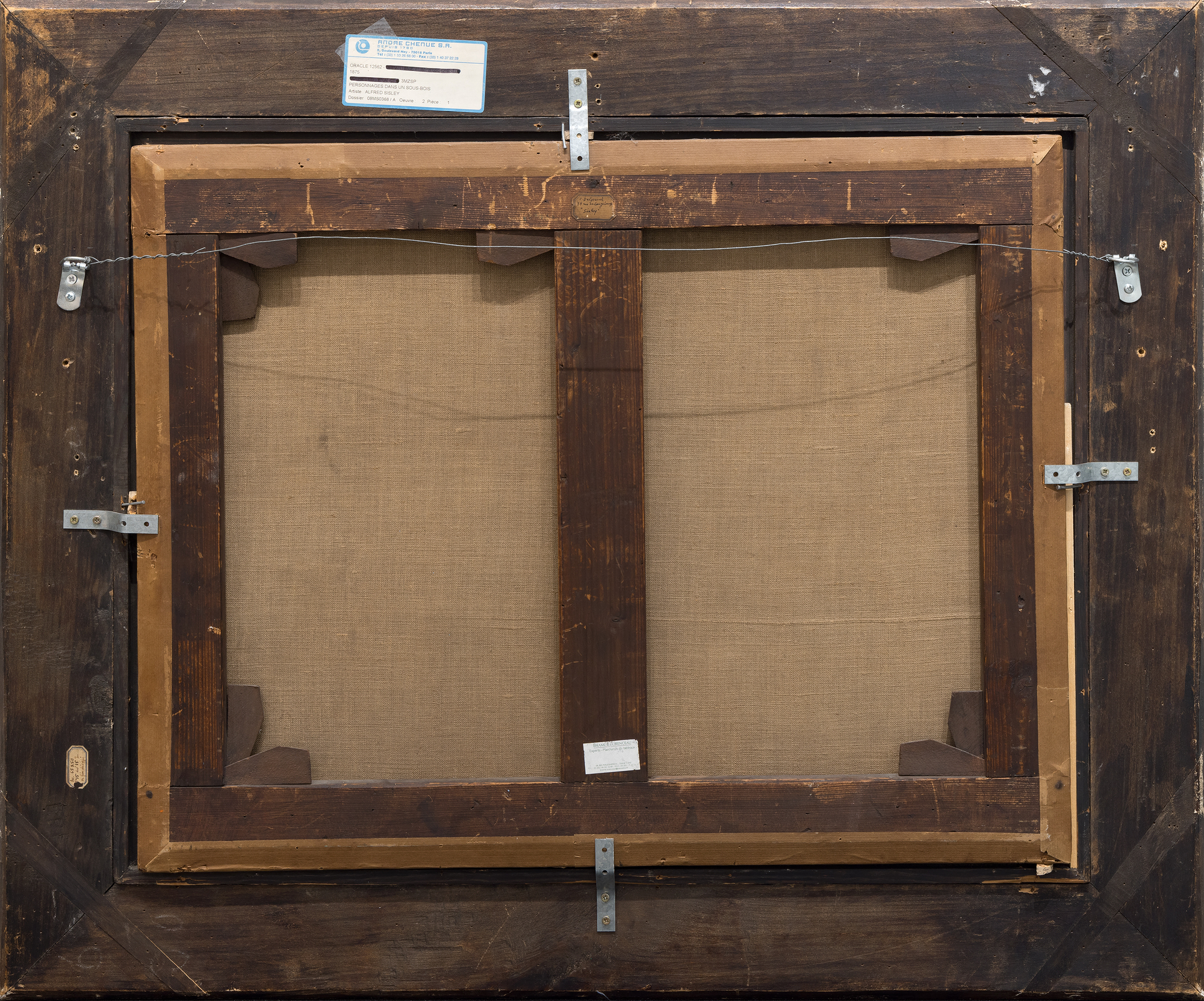
Provenance
Dubourg, ParisHôtel Drouot, Paris, November 24, 1903, no. 27
Jacques Balsan, Paris
Private Collection, France, 1950s
Private Collection, by descent from above
Private Collection, Florida
Literature
Sylvie Brame & François Lorenceau, Alfred Sisley - Catalogue raisonné des peintures et des pastels, Paris, 2021, no. 196, pg. 104Price1,900,000
Sisley’s move to Marly-le-Roi, driven by a love for greenery and the need to support his young family amid financial strain post-Franco-Prussian War, shaped this work. Painted after the 1874 Impressionist exhibition’s disappointing sales, it reflects resilience. The diffused light and geometric composition—path and trees anchoring a vast sky—evoke the region’s gentle haze. Camille Pissarro, a close colleague, hailed Sisley as “a great and beautiful artist, in my opinion he is a master equal to the greatest” (Pissarro, quoted in C. Lloyd, ‘Alfred Sisley and the Purity of Vision’, pp. 5-33, M. Stevens (ed.), Alfred Sisley, exh. cat., New Haven and London, 1992, p. 8). The 2021 Brame and Lorenceau catalogue notes 360 of Sisley’s 1,013 oil paintings reside in museums, affirming his legacy.
This concise yet evocative piece offers collectors a rare glimpse into Sisley’s mastery, blending nature’s beauty with Impressionist innovation.


